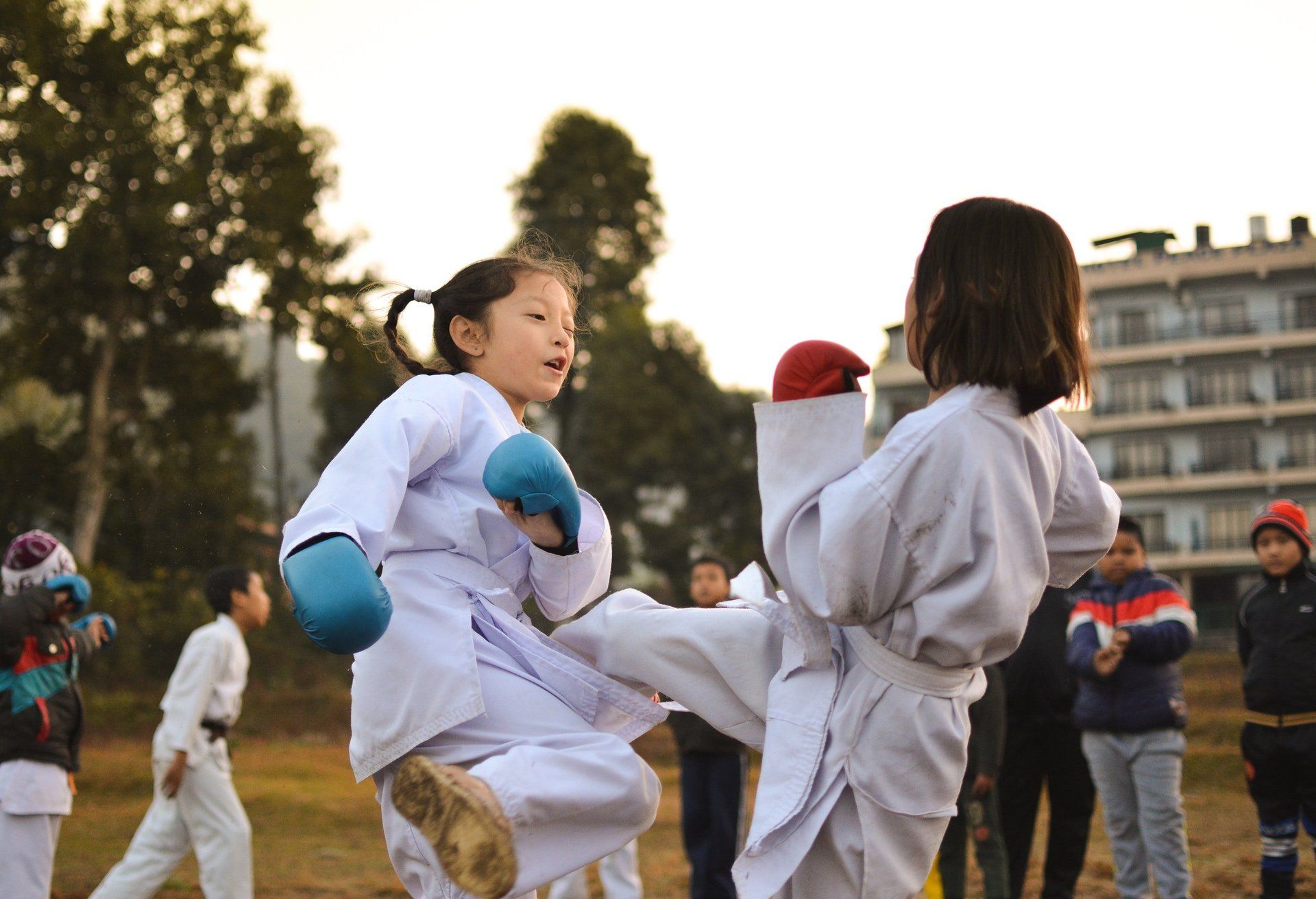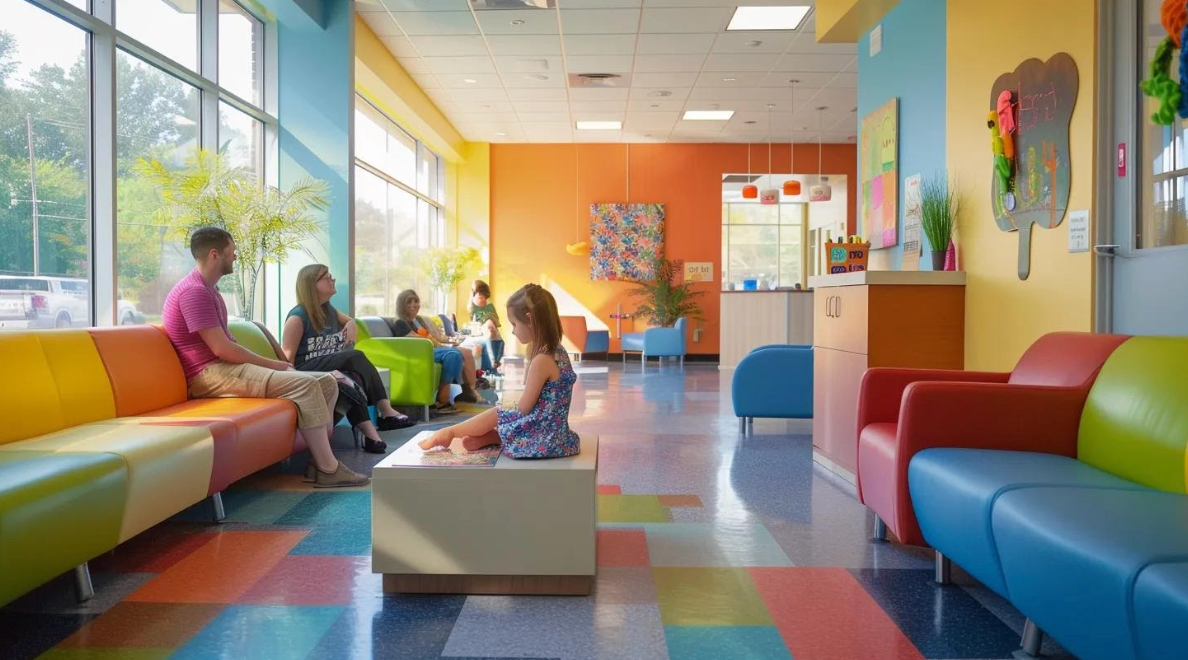Growing Pains in Children

What are Growing Pains?
Unknown ankle and foot pain in children are commonly considered “growing pains”. The reference to “growing pains” relates to an unknown and harmless condition affecting between 10 to 20 percent of children. Growing pain in children is a pain syndrome more often affecting the legs and occurs in children aged two and twelve although, most commonly known to occur between ages of eight and twelve.
More importantly, each child will move through their own individual stages of development and at their own pace. Most commonly, occurring in both legs, growing pain affects the thighs and calves although these unknown conditions can occur in one leg at a time. Pain often occurs at night, is often achy or sharp and usually affects both legs.
What Causes Growing Pains in Children?
No one is certain about the causes of growing pain and there is no evidence shown that growing pain is related to bone growth. Its more than likely, growing pain is caused by the overuse of leg muscles which can be a referred pain coming of bone growth centres that occur when kids are active.
Rapid Growth and Growing Pains?
Symptoms of pain in legs, thighs and feet seem to be the growth itself that causes the pain. More than likely it is the stress impacting on these areas. Due to a lack of evidence, the answer can be complicated by other symptoms or conditions although, children do have periods of rapid growth and pain can be associated with the growth centres.
Three Groups of Children Get Growing Pains?
The first group are children who are very active. In fact, over 78% of children’s growing pains commonly occur after exercise. As a result, growing pains are more likely to occur in children who have flat feet or in kids who are overweight.
When determining treatment for your children’s feet we firstly evaluate whether there is a mechanical problem causing your child’s growing pains.
The second group for example, are children who have flat feet and may develop growing pains from the overuse of the muscles on the medial or inside of the leg and are over compensating to support their flat feet.
The third group of children are when other mechanical problems occur besides flat feet. This third group which mechanical problems can also experience growing pains and be treated with customised orthotic therapy solution.
More Serious Problems
If your child is experiencing pain in the legs thighs or feet may be due to more serious problems and will need to be evaluated. As a precaution, the following symptoms may be a sign of conditions not related to growing pains and may be symptoms of a more serious nature.
If your child is experiencing these symptoms, please see a podiatrist to have them evaluated.
- Ongoing Pain that lasts all day
- Weakness
- Redness
- Swelling
- Limping
Does your child experience symptoms of growing pains? Call our friendly podiatrist or book an appointment online. We specialise in the treatment of children’s foot problems.
Reference:
Source: Kaspiris A. Growing pains in children: epidemiological analysis in a Mediterranean population. Joint Bone Spine. 2009 Oct;76(5):486-90. Epub 2009 Sep 29.







